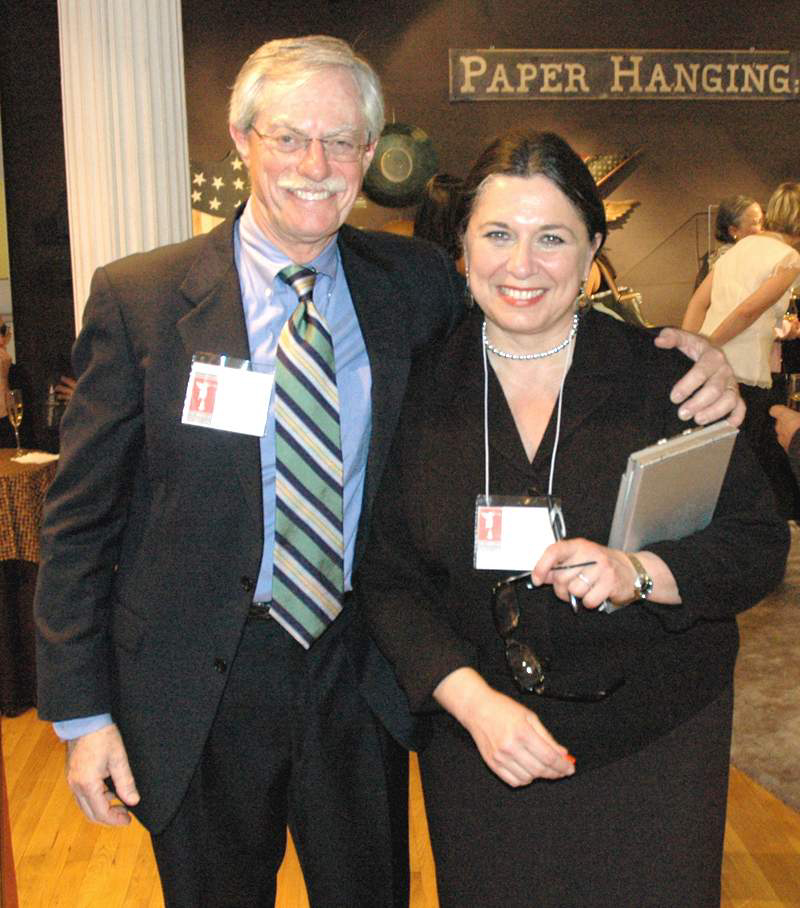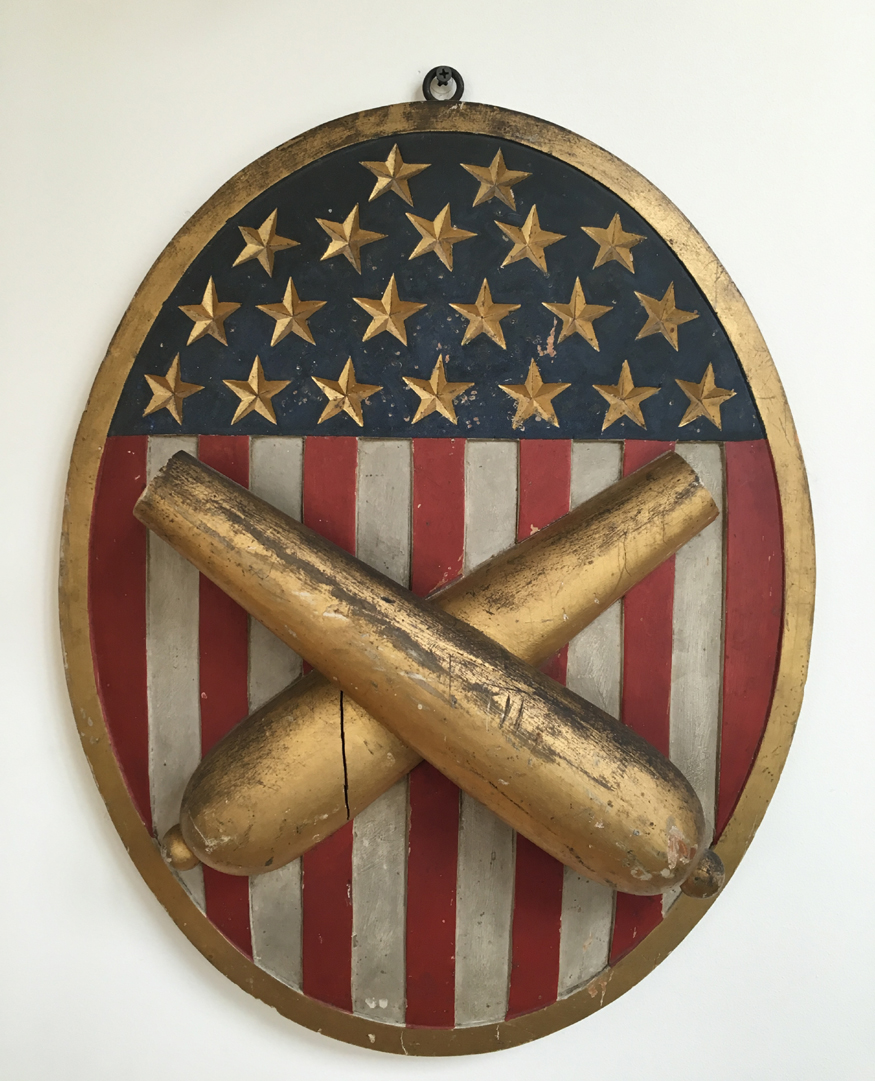Top specialists in wildfowl decoys and Americana with original painted surfaces, Russ and Karen Goldberger married 33 years ago when both were working in Cincinnati at a consumer products company. They apply the skills they learned there to their antiques business. Russ was familiar with coastal New Hampshire from his time at Pease Air Force Base in Portsmouth. The couple enjoyed visiting the region before they moved to New Hampshire 25 years ago. We recently spoke to Russ about the couple’s success at using the Internet to enhance traditional sales through their gallery, at shows and online at www.rjgantiques.com.
How did you get started selling decoys?
I’ve always admired decoys and bought my first one about 40 years ago without any thought of becoming a collector. Living in Cincinnati, decoys were scarce because that area is not along any of the major waterfowl flyways. Few decoys were made there. It was hard to learn about decoys at the time. There were few local collectors and few reference books. Eventually, we found our way to Dick Bourne’s decoy auctions on Cape Cod. As my knowledge grew, we started going to antiques shows and I sold decoys from the trunk of my car to interested dealers as a way of supporting my collecting. It progressed from there.
Can you tell us about your early mail order business?
In the late 1970s, I realized that I could utilize some of my marketing experience in reaching decoy collectors. We decided to try selling decoys by mail and advertised in decoy magazines. We started sending out lists. The first lists were typed, without illustrations. That led to black and white illustrated lists and then to lists with color illustrations. We probably had about 300 clients. Then computers came along and changed everything. We now have about 4,000 followers. From the beginning, we guaranteed everything. Collectors became comfortable dealing with us.
How are you using technology today?
We have been successfully selling online for nearly 20 years. We positioned our website as a destination for those interested in decoys or American folk art. We provide reference material for collectors; links to publications, museums and other dealers; and provide a changing assortment of objects for sale. As the Internet matures, mobile devices may be the key to future business. We are constantly changing our website as technology develops. For example, our website is now responsive to the different screen sizes provided by mobile devices. The website’s appearance will automatically simplify when a customer is using a portable device.
What about social media?
We use social media and focused emails to drive viewers to our website. We post almost daily to more than 20 different Facebook groups. If someone wants to learn more about an item, or know its price, there is a link to that object on our website where they can see detailed photos and full, guaranteed descriptions.
Other tips?
It is important that the website changes constantly. That encourages customers to keep coming back because they are not seeing the same old stuff. Our website has a shopping cart and we accept all forms of online payments. All of our prices, even for furniture, include free shipping. It needs to be easy for the customer. We work at gathering email addresses and always ask, when we are writing a receipt at a show, for the customer’s email. Our customer records are detailed so that we know our customers’ interests. That way, if I get an unusual item, or a decoy by a particular maker, I am able to send a targeted email to a customer who may be interested. We used to do several shows and they were good for us, but the web has made it possible for us to reduce our show schedule to the New Hampshire Antiques Show and four decoy shows.
How do you see the decoy market today and in the future?
The business is relatively strong and prices are recovering. Some major collections are poised to come to the market. That should attract new collectors and will represent a great opportunity for current collectors. And, as you know, there are many excellent decoy books available today, including ours on Mason decoys. When I first got interested in decoys, there were only five books. Social media sites, like the Facebook groups, encourage collectors to talk to one another in a way that was never possible before. That is a big help.
—Rick Russack






